Sierra
Nature Notes
The Online Journal of Natural History News in the Sierra Nevada
American
Pika are thriving in the Sierra Nevada and southwestern Great Basin Vulnerability of pika habitat to global warming has been an escalating concern, causing speculation that the range of suitable pika habitat will contract upward in elevation as lower elevation site temperatures increase. Millar and Westfall's recent study suggests there may be good news for the ever-adorable pika. The natural summer cooling and winter warming of their rock-pile homes may be protecting them from climate change. |
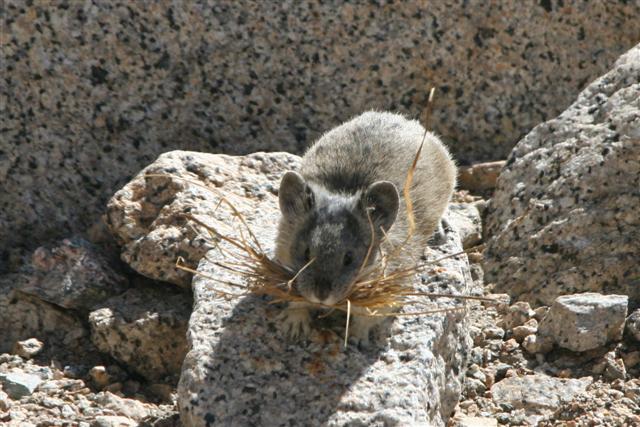 |
COLLAPSE!
Why do the Salmon Continue to Disappear from Our Mother Lode Rivers? Where
have all the Salmon gone? |
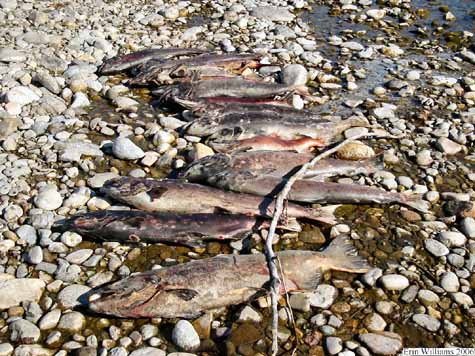 |
Algae
in the Sierra Nevada Wilderness areas Fifty
percent of California's water comes from the Sierra Nevada mountains.
Once pristine lakes and streams are increasingly subject to increased
algal growth and eutrophication as a result of human caused nutrient
loading. Derlet and Ger examine the many sources for these excessive
nutrients. |
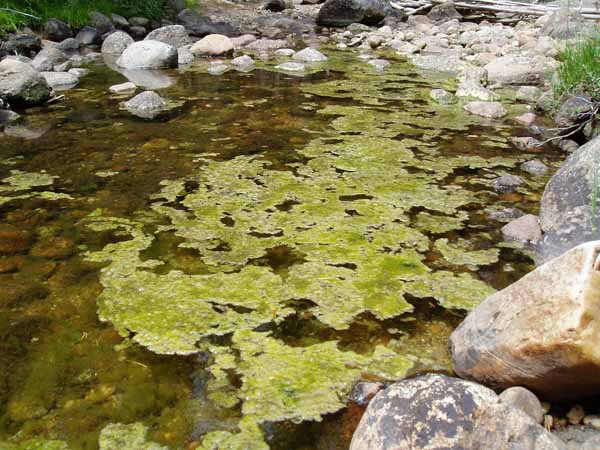 |
Poorly
managed livestock grazing causes major impacts to water, wildlife,
and recreation on the Stanislaus Forest Cattle grazing on public lands is increasingly being recognized as a source of pathogens entering our water supply as well as causing a wide variety of ecological impacts. CSERC examines some of these issues on the Stanislaus National Forest. |
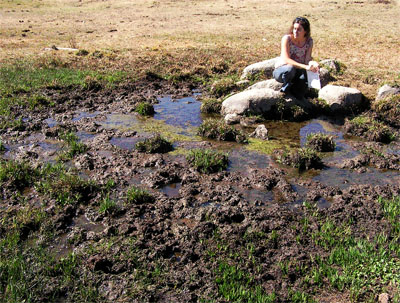 |
Winter
Carnivore Survey Finds that Wolverines (Gulo gulo)are
Likely Extirpated from Sequoia-Kings Canyon National Parks Confirmed photos of a Wolverine at a bait station at Lake Tahoe created a flurry of publicity and hope that perhaps this rarest of California carnivores was making a comeback. A study done in Sequoia and Kings Canyon National Parks recently suggests that the California population, anyway, may be gone. |
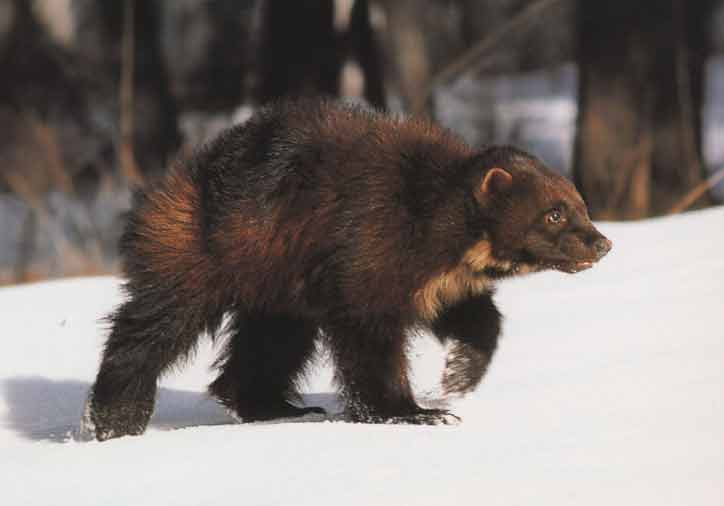 |
Trans
Sierra Nevada Crest National Parks: To protect California's increasingly scarce wildlands and water sources, as well as expand recreational opportunities for California and the nation,the authors propose a set of new National Parks in the Sierra, stretching from Mt. Lassen in the north, to the Kern River in the south. |
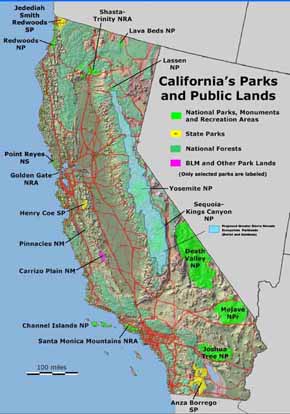 |
An
Analysis of the 7 July 2004 Tornados
near Mt. Whitney?? In July of 2004, a funnel cloud was observed forming
over Rockwell Pass (elevation 11,600 feet) in Sequoia Canyon National
Park, just north of Mt. Whitney. It was also photographed touching
down. Recent analysis shows this to be the highest elevation tornado
observed in the US. The article is in PDF and requires Adobe
Reader. |
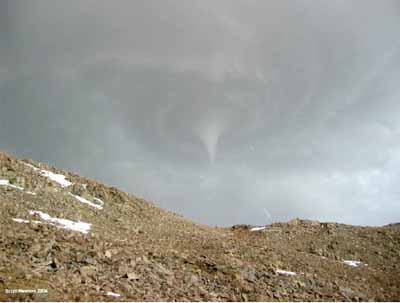 |
Our Founder Questions? Go to About Our New Site |
Masthead
Photo from: |